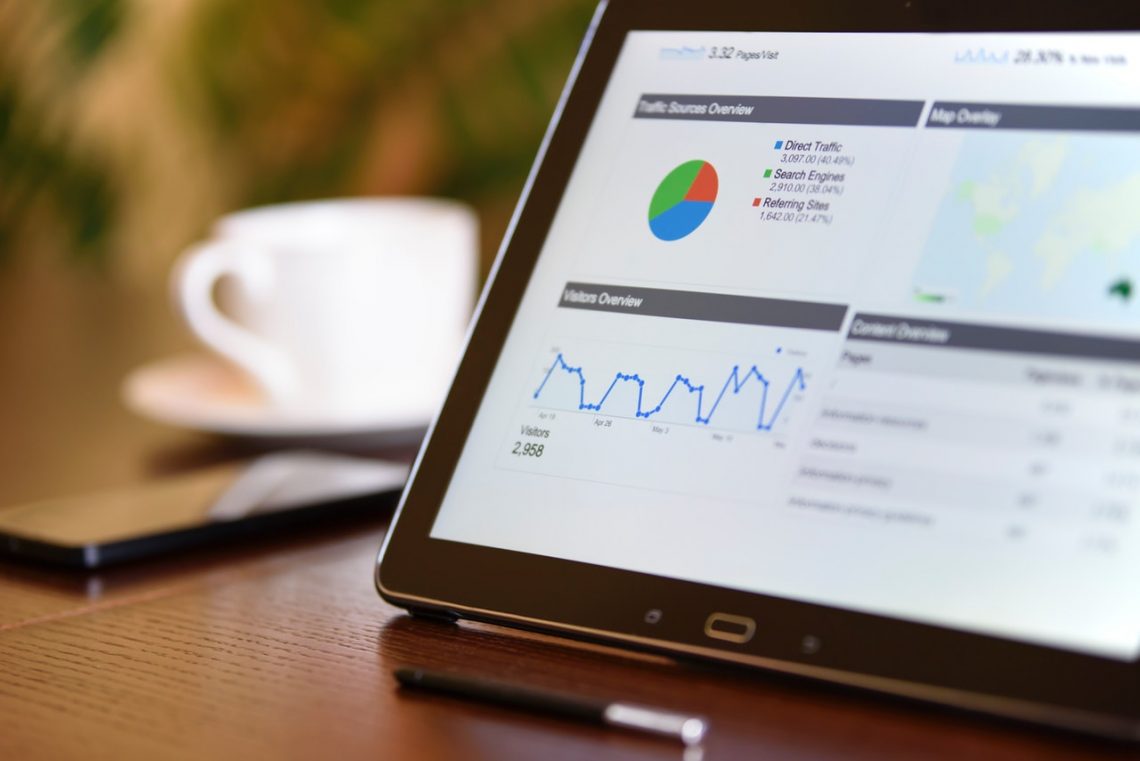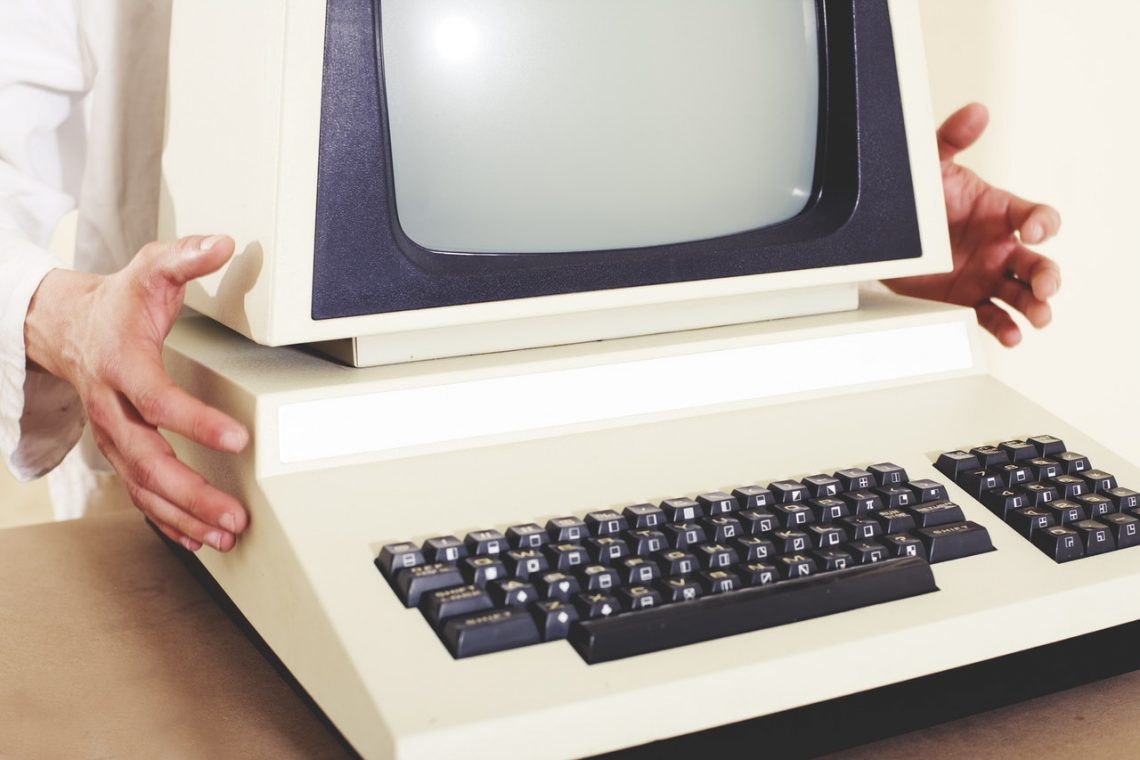The hospitality market is facing fierce rivalry. The hotel market is extremely aggressive. Therefore, Information technology in the hotel sector is much more important than ever.
All hotel brands must think of an exceptional pitch and specialized services that may cater and also appeal to clients in a variety of means. A hotel that dubbed itself an art hotel in Hobart boasts numerous art pieces done by local and international artists, all of which are displayed on its walls for all visitors to enjoy.
In the view of the majority of customers, most services provided by resorts are comparatively the exact same so resorts must strive to discover a competitive advantage as the means of standing out from the audience. As a way of bringing repeat business, an integral weapon in many resorts’ arsenal is technologies.
Hotels can bring in a new breed of consumers by incorporating technologies in all facets. But, technology is at an invariable condition of flux and is continually unlocking new opportunities for those who are looking for jobs at a hotel that is targeted at enhancing customer satisfaction and fostering internal efficacy.
Therefore, even though the tech is there, the resorts themselves have their job cut out as it comes to leveraging technologies to beat the competition.
Just how can technology make a difference when it comes to beating the competition? In other words, technology makes life simpler for most guests, and this is the way.
Gaining a competitive advantage through information technology in the hotel sector:
Information Technology Utilized in the Hotel Industry
1. Online Bookings
The clearest manifestation of information technology from the resort market is from the reservations. The world wide web has helped to make it effortless to get information.
Information comprising the check in and check out times, hotel rates, amenities and facilities on offer, in addition to other vital information permits guests to make educated decisions.
By default, people today rely on different online platforms and popular travel sites to search for lodging and make reservations; as a result, the resort market has capitalized on this.
But, immediate booking is getting to be one of the newest marketing tendencies in the hotel sector.
2. Online Reputation
Let us talk about the amounts before we initiate the talk of the value of internet reputation management for your Hotels.
93 percent of those people today use online testimonials while deciding to reserve a hotel. 53 percent of the possible guests wouldn’t reserve a hotel if there aren’t any online testimonials.
The general population of today’s clientele is much more tech-savvy than it had been a year or two back.
Clients see past the self-marketing pitches and therefore are more inclined to take official communicating— even if it’s true, with a grain of salt.
Guests are increasingly relying upon testimonials and recommendations from real travelers. As a result of this, businesses in the hospitality industry are investing in improving their social networking presence by employing new ambassadors, advocates, and social networking influencers. This does not only include hotels; a conference centre that is based in Melbourne city, for example, has its own team of brand ambassadors and social networking professionals to portray its brand to the public.
This helps to establish how fundamental it is to the hospitality sector nowadays.
3. An Improved Guest Expertise in Hotels
The most recent progress of IT from the resort sector has played a significant role in improving the guest experience.
The resorts are now able to catch the eye of their guests directly from the time that they see the site. Winning customer devotion has become within reach of all of the resorts.
Information Technology at the Hotel business has made it effortless to pay all of the touch points for customer expertise.
Guests are more in control of the check out procedures, and they are also able to make online payments should they want to.
Some resorts even enable guests to unlock their rooms with their telephones, which eliminates the lengthy and dull check-in procedure.
Likewise, it’s also easier for visitors to check out, which enables them to prevent the reception entirely.
4. Information Systems at the Hotel Industry
Greater utilization of IT at the Hotel business has guaranteed easier entrance of their Information Systems in Budget hotels.
Information systems were formerly something just in the range of luxury resorts. Now, not only hotels but even providers of formal venues in Melbourne and other classes of businesses in the hospitality sector have deemed information technology as a necessity for its business to be properly run.
Commoditization of software has made it even simpler for Limited Service Hotels and Select Service Hotels to get guests to experience analytics and enhancing applications installed in addition to the normal point of sale program.
We’ve got yet another article specializing in this Information Systems at the Hotel sector that discusses this in detail.
Information systems at the Hotel sector refer to computer programs at a resort that provides information about that resort’s business operations.
Information systems typically incorporate all computerized systems that are utilized to collect data continuously both to be used internally and externally. Information technology has impacted every sphere of human life in the past couple of decades in a huge way.
The hospitality and tourism industry continues to be a key beneficiary since it’s enabled the modern traveler to enjoy various alternatives. Information systems play an important function in the resort sector as they ease preparation, direction, complete operations of their resorts in addition to policymaking.
The data systems used in resorts are a lot more advanced due to the most recent technological innovations. Among our earlier articles covered a great deal of Hotel Management Software in detail.

Some of those information systems that are generally utilized in the hospitality sector include:
1. Transaction Processing System
The World is going gaga over the cloud and Information analytics. Processing data efficiently aid the resort to be flexible to need, in understanding client and keeping prices down.
Transaction Processing System enables business transactions between the collection, retrieval, and alteration of data that is unstructured.
This system processes information created about and by trades in the resort. These programs are crucial since they guarantee that the data collected is accurate and timely, which raises labor efficiency.
It’s chiefly used by supervisors in the hotel sector for an operational capability.
2. The Point of Sale (PoS) Method utilized in the Hotel Industry
PoS has become the most typical kind of information systems utilized in the hotel sector. This computerized system keeps track of product sales like those that would happen in a resort restaurant, pub, java or gift store.
There are numerous versions which are also employed from the front office of this resort and the housekeeping section.
These programs include registers, computers and some other peripheral equipment that has to be established on a computer system. In most cases, network performance monitoring is also integrated into the system to make sure that the hotel could be aware of its own performance which could be used to optimize its brand power and functionality.
This system is vital since it keeps track of payroll, labor, and earnings, in addition to generating documents which might be helpful for accounting functions.
Micros and variant of Micros are widely employed from the Hotel restaurants, quick food restaurants, and standalone restaurants.
Even those in the security sections of the hotel industry have their very own PoS system.
3. Management Information Systems
These programs provide information needed by the resort for the appropriate direction of employees and the amenities.
This system may be employed to analyze and ease operational and tactical activities and can be used functionally in areas like safety, housekeeping, maintenance, and fiscal controllers and accounting.
4. Property Management Systems (PMS)
This is a detailed program application that can be used to pay for fundamental aims like coordination of their operational responsibilities of the staff in the front office, sales, and preparation.
Property management techniques ease the automation of significant functions like guest booking, guest data, online bookings, in addition to sales and promotion.
The entire intention of PMS will be to handle many operations of the Resort and also to streamline information. In Melbourne, a level of network security has to be adhered to for the safety of guests’ private information.
5. Decisions Support Systems
Decision support systems help the decision-making procedure. Each resort produces a decision service system depending on the operational version of this resort institution.
This system is very essential in making sure that the resort operations are practical and decisions are made in a timely way.
Conclusion
Information Technology at the Hotel Industry is growing increasingly more important to get a competitive advantage.
Hoteliers are getting increasingly more capable concerning managing IT to skyrocket their companies. The Hotel sector has acknowledged the significance of IT, that’s a win-win scenario for everybody.
Hotels can now concentrate on supplying quality hospitality services and finest expertise and leave the remainder to the Information Technology.












